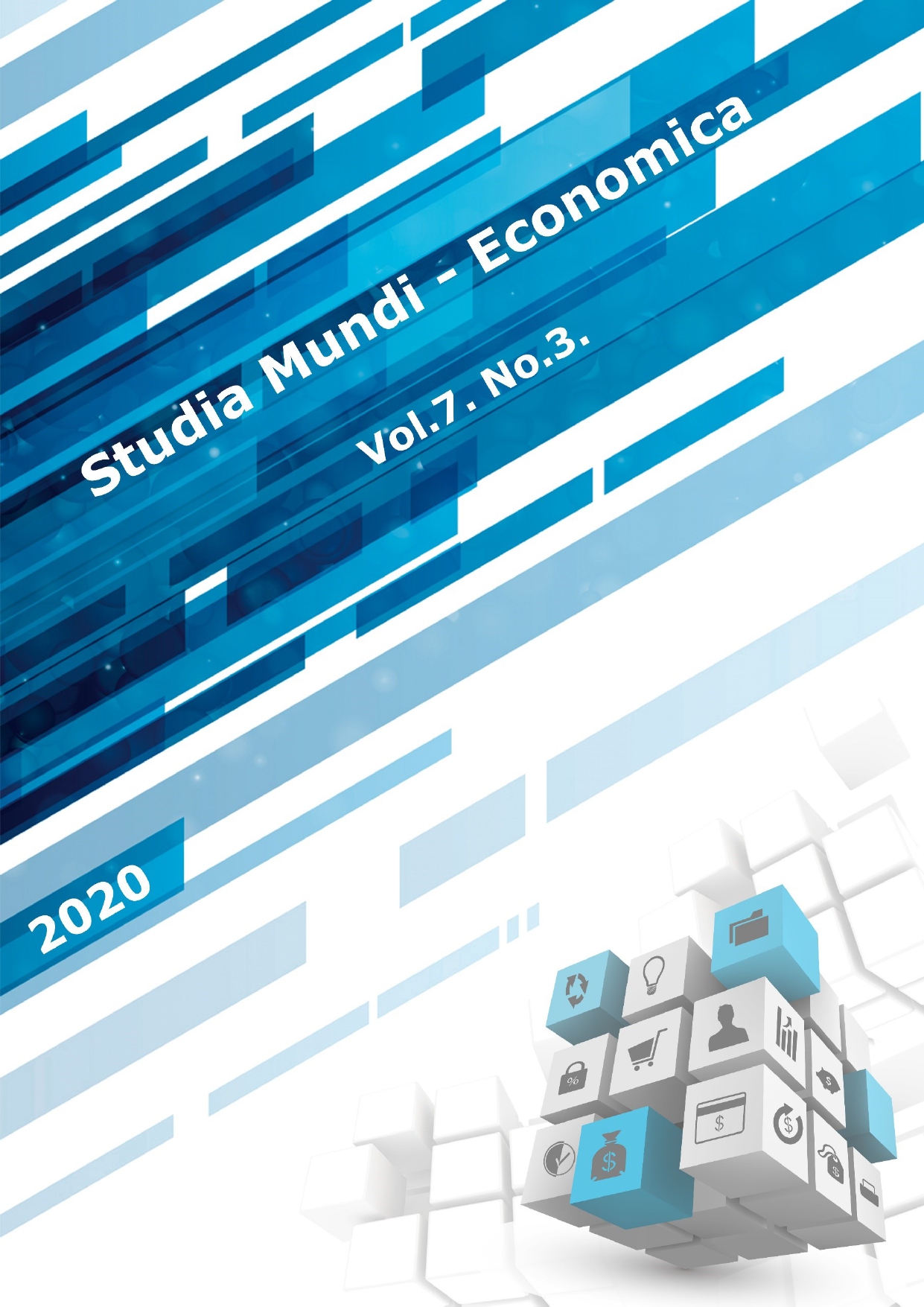Theoretical optimization of tram availibility for daily schedules (role of public transport and trams in Budapest)
DOI:
https://doi.org/10.18531/Studia.Mundi.2020.07.03.86-96Schlagwörter:
settlement, urbanization, public transport, coevolutive development, optimizationAbstract
The demand for change of location could be emphasised of all the factors of urban development, as it constantly exists in societies even if for different purposes. Mobilisation provides the background of the engine that operates the economy and the society, its role is to realise the movement of persons, goods and services. The key driver of the urbanization, emerging due to the geographic concentration and coordination of economic and social activities, is the changes in the transport system. Physical characteristics of the cities and their changes have a great impact on the development of the transport system. Due to its good environmental impacts, favouring urban rail networks is clearly targeted in urban planning today. With regard to the availability of cars and the schedules, concerning the increased and changing performance requirements, companies that operate tram services seek optimization opportunities primarily in order to reduce expenses. Conformity between transport development and urban development shall be continuously ensured if we wish to prevent fault-lines in the development of the city, however, realization of them has to be matched with the operator’s intentions for optimization. Considering these aspects on the long run serves the creation of a better economic, social and spatial structure at the settlement concerned, thereby improving sustainable living standards.
Literaturhinweise
Beluszky P. (1973): Adalékok a magyar településhierarchia változásaihoz 1900–1970. – Földrajzi Értesítő, Vol.22. No.1., 121–142. p.
Bertinelli L. and Black D. (2004), “Urbanization and growth”, Journal of Urban Economics 56 (2004) 80–96.
Buchanan N.- Barnett R. – Kingham S. – Johnston D. (2006), „The effect of urban growth on commuting patterns in Christchurch”, Journal of Transport Geography September 2006, 14(5) 342-354, DOI: https://doi.org/10.1016/j.jtrangeo.2005.10.008
Budapest Közlekedésfejlesztési Stratégiája 2014-2030 (Transport development strategy of Budapest) – Balázs Mór Terv 2014
Duranton G.- Turner M. (2012), „Urban and Transportation”, Review of Economic Studies 01 (2012) 1-36
Egységes Közlekedésfejlesztési Stratégia 2007-2020 – Fehér Könyv
Fiáth A.-Nagy V.-Takács P.-Balogh L.-Bálint Á.-Nagy B.-Dinya M.(2016): A közlekedési eszközpark és infrastruktúra hasznos élettartamát tudományos alapon növelő technológia kidolgozása a BKV Zrt. számára, Vezetéstudomány, Vol.47. No.3, 2-11.p., ISSN0133-0179
Legát T. (2018): Közlekedik a Főváros, Budapest, Scolar Kiadó, 11-38.p.
Mendöl T.(1963): Általános településföldrajz. Akadémiai Kiadó, Budapest, 520-570. p.
Nemecz G. (2018): Városi kötöttpályás közlekedésfejlesztési projektek területfejlesztő hatásai, BKV Zrt., 36-54. p.
Yago, Glenn (1983), „The Sociology of Transportation”, Annual Reviews 9 (1983) 171-190
Downloads
Veröffentlicht
Ausgabe
Rubrik
Lizenz
Copyright (c) 2020 Péter Takács

Dieses Werk steht unter der Lizenz Creative Commons Namensnennung - Nicht-kommerziell - Keine Bearbeitungen 4.0 International.
A folyóirat Open Access (Gold). Cikkeire a Creative Commons 4.0 standard licenc alábbi típusa vonatkozik: CC-BY-NC-ND-4.0. Ennek értelmében a mű szabadon másolható, terjeszthető, bemutatható és előadható, azonban nem használható fel kereskedelmi célokra (NC), továbbá nem módosítható és nem készíthető belőle átdolgozás, származékos mű (ND). A licenc alapján a szerző vagy a jogosult által meghatározott módon fel kell tüntetni a szerző nevét és a szerzői mű címét (BY).






